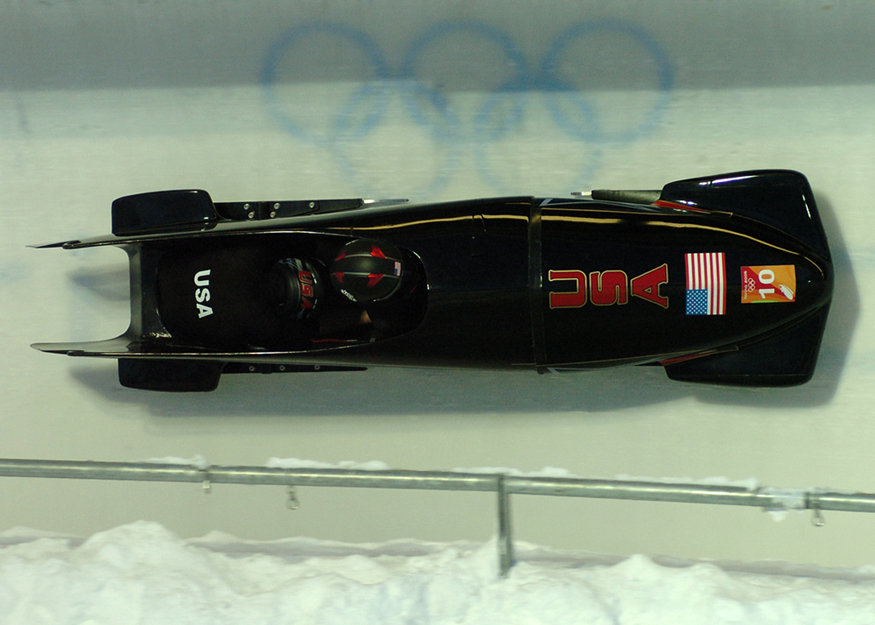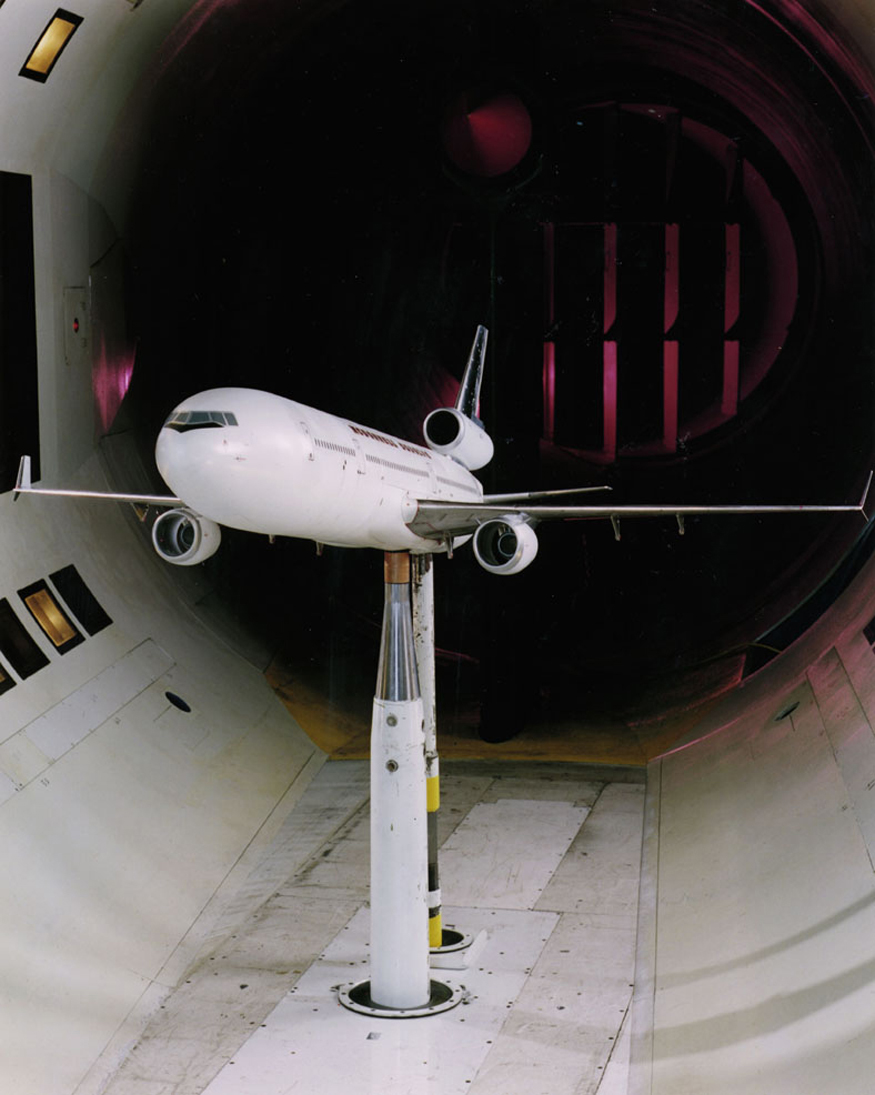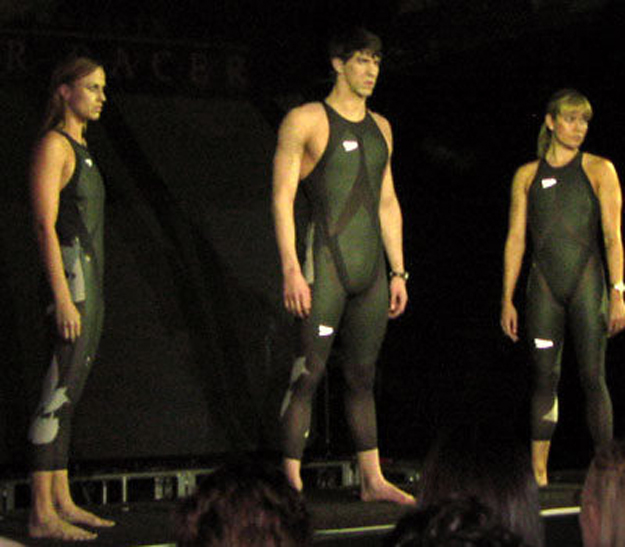40 Drag Forces
OpenStax and Brokk Toggerson
Summary
- Define the drag force.
- Describe what the drag force depends on.
- Discuss the applications of drag force.
Another interesting force in everyday life is the force of drag on an object when it is moving in a fluid (either a gas or a liquid). You feel the drag force when you move your hand through water. You might also feel it if you move your hand during a strong wind. The faster you move your hand, the harder it is to move. You feel a smaller drag force when you tilt your hand so only the side goes through the air—you have decreased the area of your hand that faces the direction of motion. Like friction, the drag force always opposes the motion of an object. Unlike simple friction, the drag force is proportional to some function of the velocity of the object in that fluid. This functionality is complicated and depends upon the shape of the object, its size, its velocity, and the fluid it is in and ultimately arises from the fact that an object moving through a fluid (liquid or gas) needs to push it out of the way as it moves.
For most large objects such as bicyclists, cars, and baseballs not moving too slowly, the magnitude of the drag force![]() is found to be proportional to the square of the speed of the object. We can write this relationship mathematically as
is found to be proportional to the square of the speed of the object. We can write this relationship mathematically as![]() .
.
Other variables on which drag depends include:
- The shape of the object: streamlined shapes have less drag. This is called the drag coefficient.
- The area of the object facing the fluid: more area means more fluid to push out of the way.
- The density of the fluid: a more dense fluid the more fluid you need to push out of the way.
Athletes as well as car designers seek to reduce the drag force to lower their race times. “Aerodynamic” shaping of an automobile can reduce the drag force and so increase a car’s gas mileage.

The value of the drag coefficient must determined by experiment, usually with the use of a wind tunnel as seen below.

The drag coefficient can depend upon velocity, but we will assume that it is a constant here. The table below lists some typical drag coefficients for a variety of objects. Notice that the drag coefficient is a dimensionless quantity. At highway speeds, over 50% of the power of a car is used to overcome air drag. The most fuel-efficient cruising speed is about 70–80 km/h (about 45–50 mi/h). For this reason, during the 1970s oil crisis in the United States, maximum speeds on highways were set at about 90 km/h (55 mi/h).
| Drag coefficient | |
|---|---|
| Airfoil | 0.05 |
| Toyota Camry | 0.28 |
| Ford Focus | 0.32 |
| Honda Civic | 0.36 |
| Ferrari Testarossa | 0.37 |
| Dodge Ram pickup | 0.43 |
| Sphere | 0.45 |
| Hummer H2 SUV | 0.64 |
| Skydiver (feet first) | 0.70 |
| Bicycle | 0.90 |
| Skydiver (horizontal) | 1.0 |
| Circular flat plate | 1.12 |
| Table 2. Drag Coefficient Values Typical values of drag coefficient | |
Substantial research is under way in the sporting world to minimize drag. The dimples on golf balls are being redesigned as are the clothes that athletes wear. Bicycle racers and some swimmers and runners wear full bodysuits. Australian Cathy Freeman wore a full body suit in the 2000 Sydney Olympics, and won the gold medal for the 400 m race. Many swimmers in the 2008 Beijing Olympics wore (Speedo) body suits; it might have made a difference in breaking many world records (See the figure below). Most elite swimmers (and cyclists) shave their body hair. Such innovations can have the effect of slicing away milliseconds in a race, sometimes making the difference between a gold and a silver medal. One consequence is that careful and precise guidelines must be continuously developed to maintain the integrity of the sport.


